Combat laser C-UAS HELWS for the US Navy
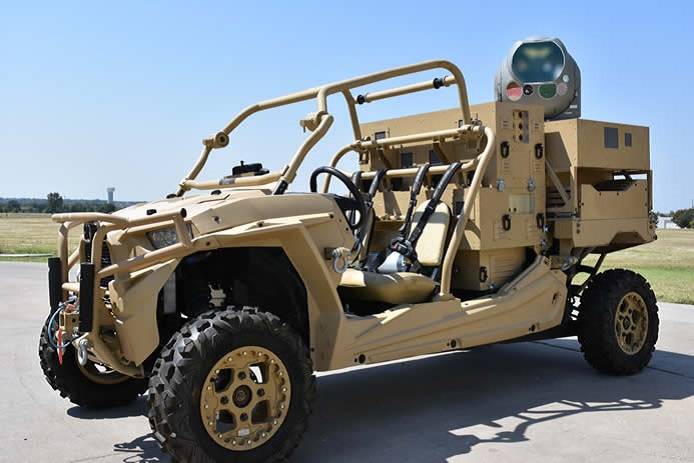
In recent years, the Pentagon has paid great attention to the issues of combating unmanned aerial vehicles and the development of laser weapons. In some projects, these two directions are combined and even give certain results. Recently, the US Navy launched another project of this kind, as a result of which they want to get a small-sized transportable laser complex to deal with complex air targets.
Finance and contracts
Practice shows that UAVs of all classes are of great value to the troops and at the same time pose a particular danger to the enemy. The Pentagon understands this and takes the necessary measures. In particular, promising means of protection against drones, incl. using new principles of detection and destruction.
The new US military budget allocates more than $ 710 million for C-UAS (Counter-UAS), up $ 134 million from FY2021. Over $ 630 million is proposed to be spent on the development of new projects, and about $ 75 million will be spent on the procurement of finished samples. It is obvious that such items will remain in the military budgets of the future, and their expenses are likely to continue to grow.
The next step in the development of C-UAS was recently taken by the US Navy. In August, the Office of Naval Research issued MZA Associates Corp. (Albuquerque, New Mexico) a contract for the development of a high-energy laser complex C-UAS HELWS (Counter-UAS High Energy Laser Weapon System). The work was estimated at $ 18,7 million, with about half of that planned to be allocated by the end of FY2020.
Under the terms of the contract, the main work on the project will continue until August 2023. It is planned to allocate two more years for the next stage of the project. The work involves two offices of MZA Associates in Albuquerque and Dayton.
New Details
The technical details of the project have not yet been specified. The contractual announcement indicates that the contractor will have to design, test and manufacture a compact, portable and reliable laser complex. The product must be inexpensive and based on the latest commercial components.
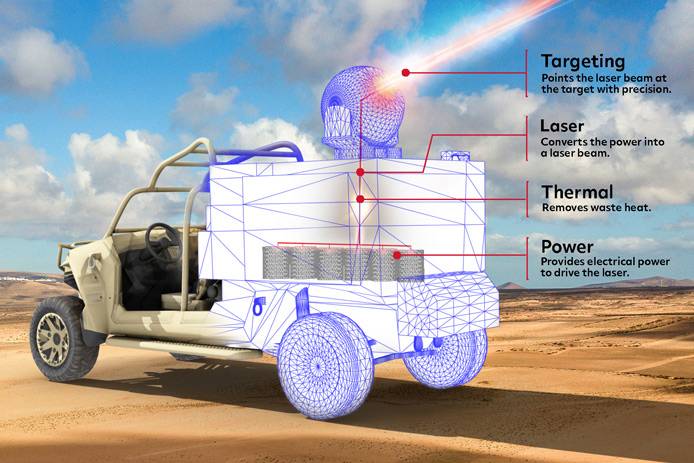
The development company has remained silent for now, while the Office of Naval Research, meanwhile, has made a small but important clarification. At the end of September, Forbes quoted the head of the program, Frank Peterkin. He said that the new complex will be transportable, not portable, as indicated in the first message. This means that the complex cannot be moved by personnel. For its transportation, installation and transfer to another carrier, auxiliary equipment will be required.
Also, Forbes writes that the new C-UAS HELWS complex will be the most compact in its class. In this respect, it even surpasses the HELWS product from Raytheon, presented a few years ago. In terms of size and weight, such a combat laser can be comparable to the installation based on the M2 machine gun. However, the sources of such information are not specified, which does not allow to fully trust it.
Heading towards compactness
According to the first reports, the new C-UAS HELWS laser complex should be developed using available commercial assemblies and components. This should simplify and speed up the creation processes, but at the same time limits the possible results in a known way. It should also be remembered that in recent years in the United States, increased attention has been paid to the issues of reducing the size of laser weapons in order to install it on lighter platforms.
Several variants of compact and light combat lasers have already been brought, at least, to field tests. The technologies of these projects may well determine the appearance of the future C-UAS HELWS complex. Accordingly, having considered these samples, one can imagine what a promising laser for an IUD will be like.
The best results in the field of reducing the size of lasers are currently shown by Raytheon Intelligence & Space. So, in 2019, the HELWS complex was brought to operation in the troops. It is made in the form of several small containers and can be installed on a variety of carriers, ranging from light pickups and buggies. At the same time, a 10 kW emitter allows you to burn through plastic elements of the UAV at a distance of up to several kilometers or suppress optics at long distances.
Another "transportable" laser complex from Raytheon, DE M-SHORAD, is currently being tested. The power of this product is 50 kW, which is why a compact radiator requires large and heavy means of power supply and cooling. Therefore, the Stryker armored personnel carrier became the carrier of such a complex. In addition, DE M-SHORAD is equipped with advanced detection and control facilities.
New samples of this kind from Raytheon and other companies are being developed with the aim of strengthening military air defense and protecting the army from UAVs or precision weapons. Various tests and experimental operation in the troops have already shown that such equipment fully copes with the task at hand and must find a place in the army - on which the Pentagon and a number of contractors are now working.
Navy laser
You can imagine what the results of the current work at MZA Associates will be like. Apparently, the Navy wants to get a compact and versatile combat laser suitable for installation on ships and boats of different displacement. Previous complexes of this class did not differ in their small dimensions and imposed restrictions on the choice of the carrier.
Probably, MZA will develop a complex in the form of one larger or several smaller containers that can be placed in the available volumes of the carrier ship. The emitter and optoelectronic guidance devices should be made in the form of a remotely controlled combat module to be installed at an optimal location.
The course towards compactness allows making more daring assumptions, but they actually do not make sense. So, a portable "laser rifle" will not yet be able to show the required characteristics, and a laser analogue of a machine gun on a pedestal mount is impractical.
The required power of the new C-UAS HELWS is unknown. If this complex is really smaller than the existing HELWS, this parameter will not exceed 8-10 kW. At the same time, a further decrease in power is impractical due to the loss of combat capabilities.
The laser complex must be controlled from the operator's console. Moreover, it should be integrated into general ship weapons control systems. In this case, the C-UAS HELWS will be able to receive target designation from all available sources, which will dramatically increase its effectiveness.
Regardless of the design and exact characteristics, the C-UAS HELWS product will become one of the main means of defense of the near zone. First of all, it will ensure the suppression or destruction of UAVs that have managed to pass through other air defense echelons of the carrier ship or orders in general. In addition, the possibility of using it against surface targets with similar effects cannot be ruled out.
Possible novelty
The US Navy has long been engaged in the subject of weapons on new principles, but so far not a single such system has yet advanced beyond trial operation. At the same time, in the course of these projects, the search for the necessary technologies is carried out, as well as an optimal technical appearance is being formed and issues of combat use are being worked out.
Taking into account past experience, the Navy ordered the development of a new C-UAS HELWS complex, the characteristic features of which will be small size and power, as well as compatibility with a wide range of carriers. The finished product should appear no later than the summer of 2023. Probably, by this time, the organizations participating in the program will not only carry out the necessary work, but also reveal new information, and also show the appearance of the promising complex.
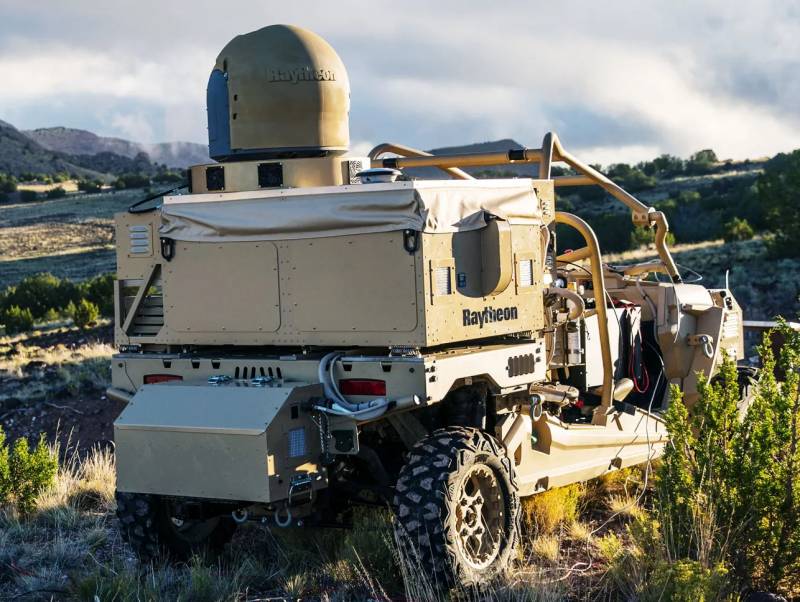
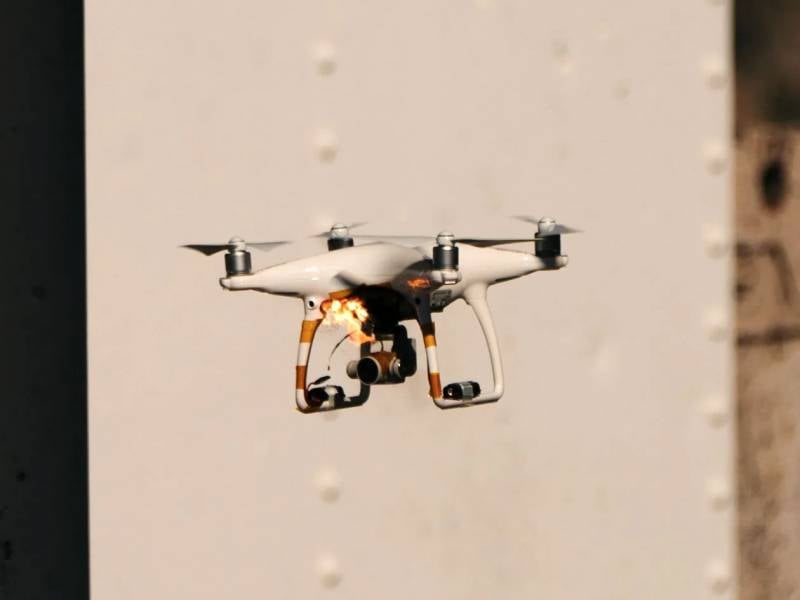
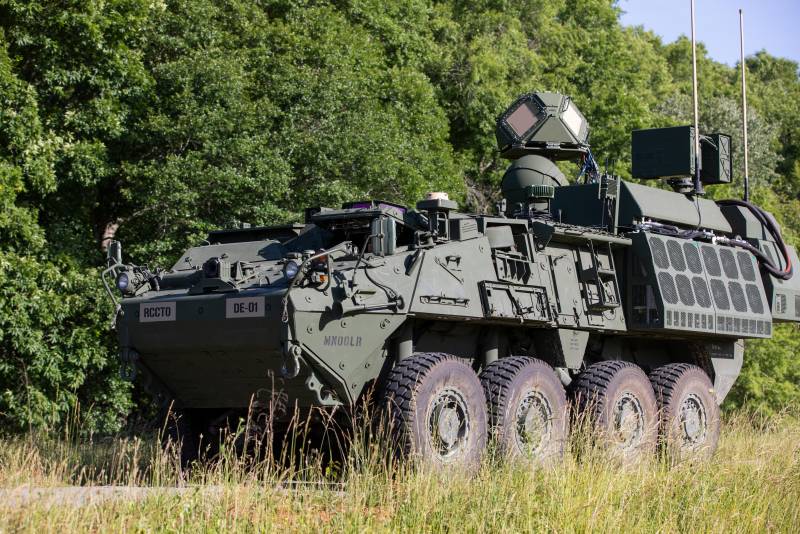
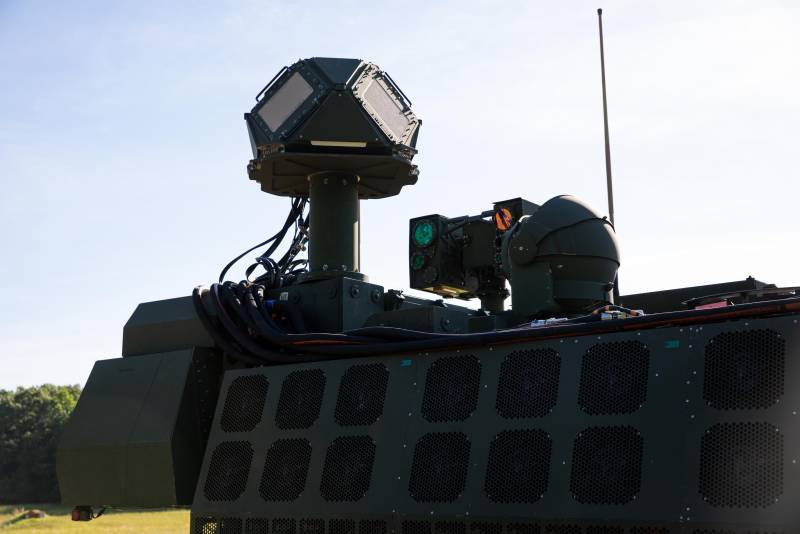
Information